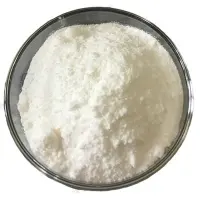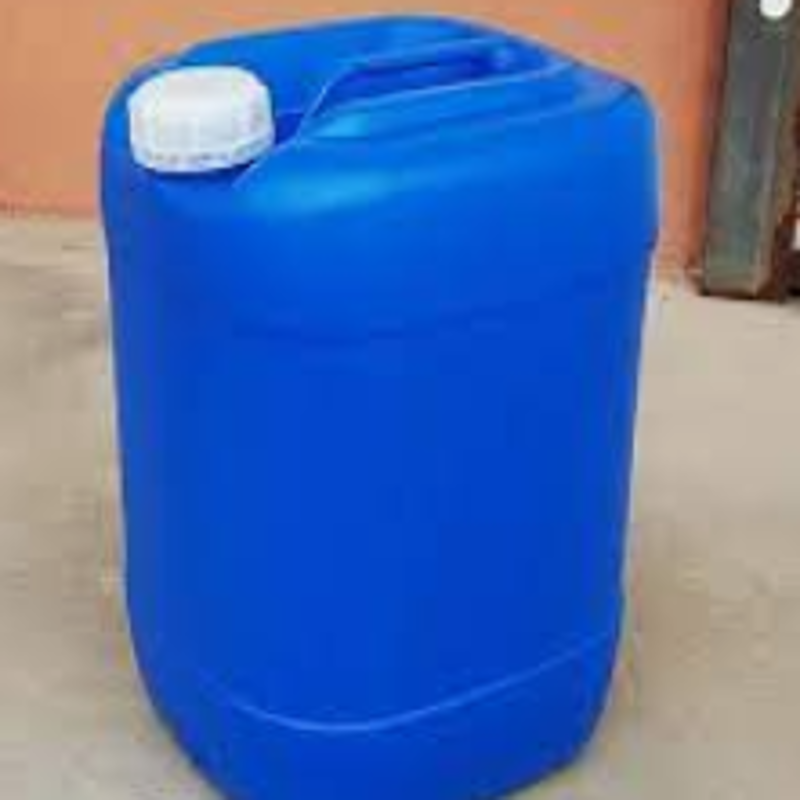-
Categories
-
Pharmaceutical Intermediates
-
Active Pharmaceutical Ingredients
-
Food Additives
- Industrial Coatings
- Agrochemicals
- Dyes and Pigments
- Surfactant
- Flavors and Fragrances
- Chemical Reagents
- Catalyst and Auxiliary
- Natural Products
- Inorganic Chemistry
-
Organic Chemistry
-
Biochemical Engineering
- Analytical Chemistry
-
Cosmetic Ingredient
- Water Treatment Chemical
-
Pharmaceutical Intermediates
Promotion
ECHEMI Mall
Wholesale
Weekly Price
Exhibition
News
-
Trade Service
Carbosulfan is an organic compound that is commonly used as a fumigant, insecticide, and nematicide in agriculture.
It is also used as a wood preservative and as a chemical intermediate in the production of other chemicals.
Carbosulfan can be synthesized through several different routes, including the following:
- The Diels-Alder reaction: This reaction involves the addition of a diene, such as butadiene or isoprene, to a sultone, such as cyclohexylsulfone or methylphenylsulfide.
The product of this reaction is an intermediate that can be further transformed into carbosulfan through several steps. - The Hydrolysis of Carbon Disulfide: Carbon disulfide can be treated with water or a strong acid to produce carbosulfan.
This reaction is exothermic and requires careful handling, as carbon disulfide is toxic and flammable. - The Electrophilic Substitution of Chlorine: Carbosulfan can be synthesized by substituting chlorine for a hydrogen atom in a compound such as 2,3-dichloropropene.
This reaction is typically carried out in the presence of a metal catalyst, such as copper or iron. - The Reduction of Carboxylate: Carbosulfan can be synthesized by reducing a carboxylate, such as a sulfonic acid, with a reducing agent, such as hydrogen gas or a metal hydride.
No matter which synthetic route is used, the final product must be purified and processed before it can be used in its intended application.
This may involve separating the product from any byproducts, removing impurities, and converting it to the desired form.
In the chemical industry, the synthetic routes of carbosulfan are important because they provide a reliable and cost-effective way to produce this valuable chemical.
Carbosulfan is widely used in agriculture, and its synthesis is an important part of the chemical industry's efforts to provide farmers with effective and safe tools for protecting their crops.
In conclusion, carbosulfan is a versatile and important chemical that can be synthesized through several different routes.
The synthetic routes of carbosulfan are an important part of the chemical industry's efforts to provide farmers with effective and safe tools for protecting their crops, and they play a vital role in ensuring the continued availability of this valuable chemical.







